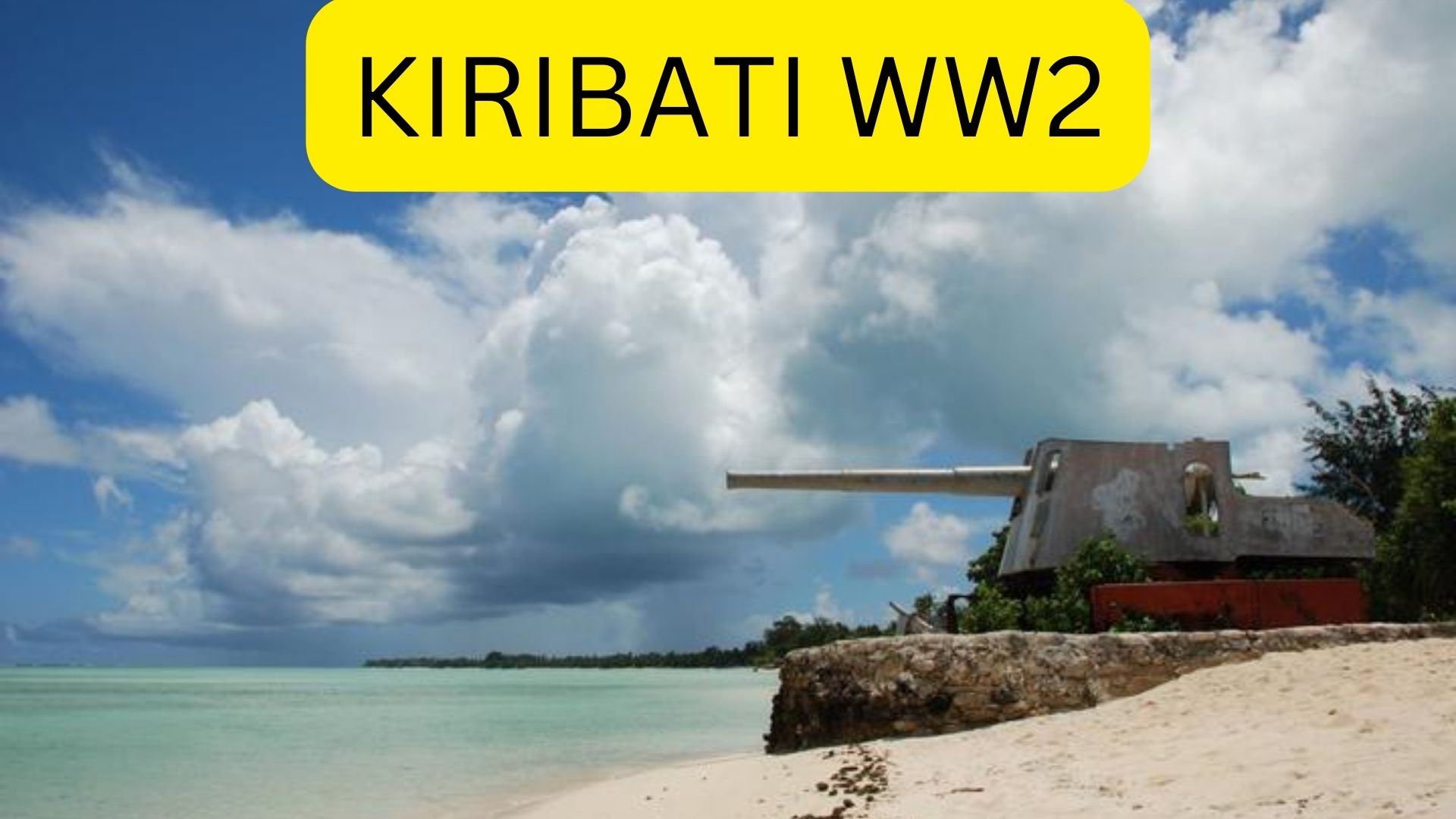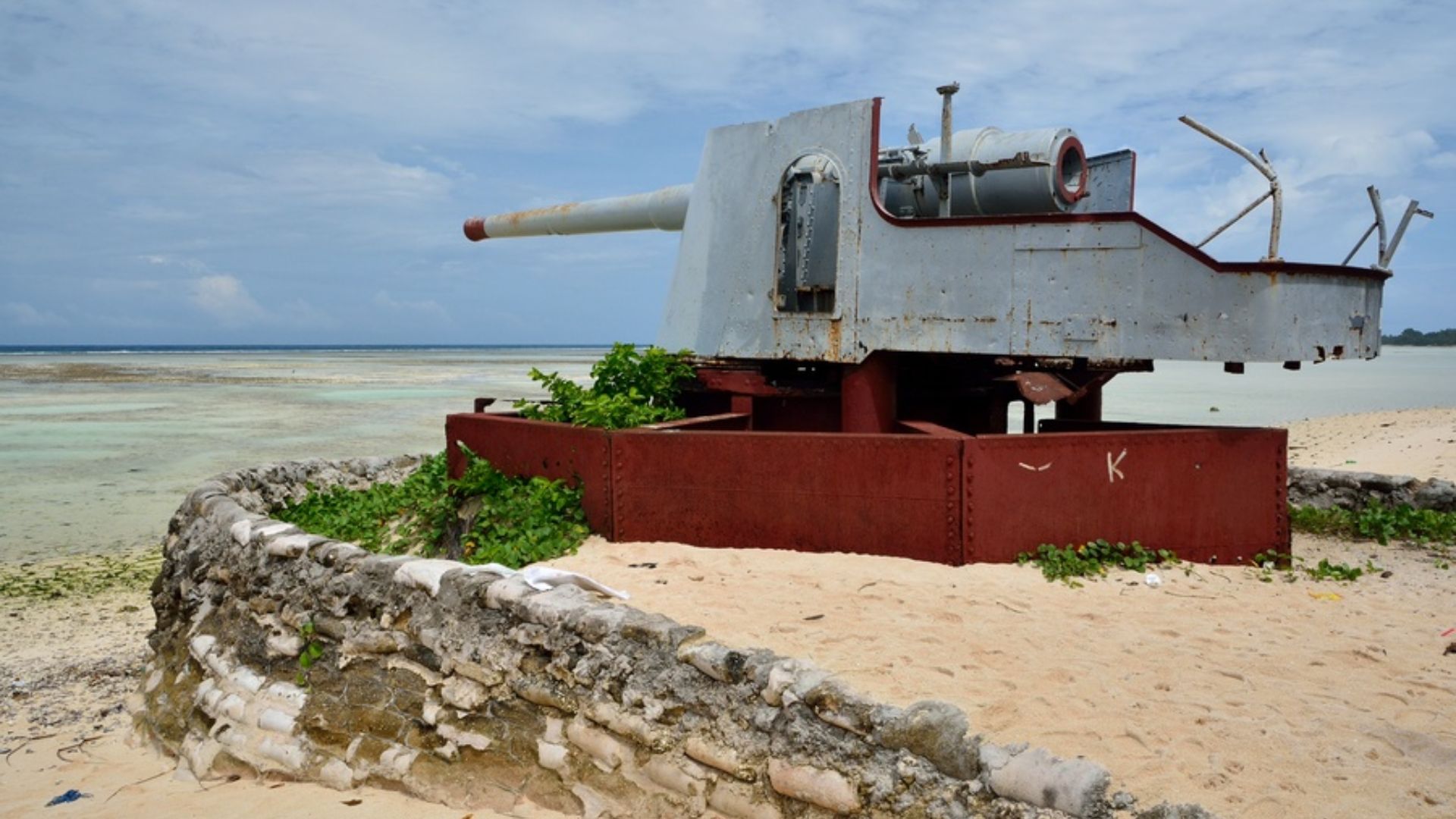Kiribati Ww2 - Island Country In The Central Pacific Ocean
The majority of the fighting during Kiribati ww2 took place in strong government bases located on Banana, Tarawa, Abemama, and Butaritari. The Tarawa campaign was one of the bloodiest battlegrounds throughout the war. The focus of this paper is on the impact that the campaign had on the people of Kiribati, specifically the residents of Betio village, which served as the stage for the primary conflict between the Japanese and the Americans.
Author:Jane RestureOct 04, 202214.4K Shares722.9K Views

The majority of the fighting during Kiribati ww2took place in strong government bases located on Banana, Tarawa, Abemama, and Butaritari. The Tarawa campaign was one of the bloodiest battlegrounds throughout the war.
The focus of this paper is on the impact that the campaign had on the people of Kiribati, specifically the residents of Betio village, which served as the stage for the primary conflict between the Japanese and the Americans.
The town of Betio may be found on an islet that is situated at the southern tip of the Tarawa atoll. Before the devastation wreaked by the war, the Betio people had a lifestyle that might be described as subsistence with some opulence.
The terrain was rich in tropical fruits and crops, including coconuts, breadfruit, pumpkins, sweet potatoes, pandanus, papaya, and traditional root crops. The region also had an abundance of traditional root crops.
The nearby ocean was teeming with marine life, including fish and mollusks, which were easily accessible throughout the year. Before the first week of December 1941, when the possibility of war first arose, life was uncomplicated, opulent, and filled with pleasure.
In 1941, Betio had a population of around four hundred people, including a few people who had moved there from elsewhere.
The Battle Of Tarawa
In December 1941, just two days after they had attacked Pearl Harbor, the Japanese sailed out into the Pacific Ocean and invaded the Gilbert Islands. One of the three main operations that the United States Marine Corps undertook in August 1942 to expel the Japanese was known as "The Battle of Tarawa," and it is said to have been one of the deadliest engagements that were ever fought during the Kiribati ww2.
Tarawa and Butaritari Atoll both have physical artifacts left behind from the occupation and activities that took place there. This contains four bunkers and pillboxes made of solid concrete, as well as coastal defense weapons with an eight-inch barrel.
At low tide, it is possible to find rusted tanks, amtracs, shipwrecks, and even aircraft wreckage on the borders of the island. You may view them by just walking or taking a bus trip around Tarawa, but we strongly suggest that you go on a guided tour so that you don't miss anything important!
History Of Kiribati
Around four thousand to five thousand years ago, the first people to settle in the Gilbert Islands and Banana traveled from Southeast Asia through the island chain of Micronesia. In the middle of the 14th century, A.D.
Many Samoans settled in the southern islands, and not long after that, the inhabitants of those islands established a gerontocratic form of governance (i.e., based on rule by the elderly). There was no prehistoric population on either the Line or the Phoenix islands.
Some of the islands were discovered by Spanish explorers in the 16th century, but the majority of Kiribati was not documented until the early 19th century. At that time, whalers and, subsequently, dealers in coconut oil first made their way to the islands.
Beginning in the middle of the 19th century, residents of Gilbert Island actively sought employment on plantations located across the area.
Land Of Kiribati
On each of these islands, coconut trees predominate the scenery. Coconuts, both the nuts and the sap, are one of the most important components of the village's food, alongside the products of the reef and the ocean.
This includes both the nuts and the sap. The collected sap, also known as toddy, is used in cooking, and after being fermented into a sweet beverage, it turns into an intoxicating drink.
In addition, breadfruit and pandanus are cultivated here. In addition, it is possible to raise Cyrtosperma chamissonis, a coarse plant that is similar to taro, in pits. However, plants such as taro, bananas, and sweet potatoes are difficult to find. Some pigs and chicks are being reared.

TARAWA 2 of 2 WWII RARE COLOR FILM
Economy Of Kiribati
Kiribati's economy was highly reliant on the export of the mineral phosphate rock until 1979 when the phosphate rock deposit at Banana was finally depleted. The government had built up a sizeable reserve fund before the end of mining operations; the interest on that fund is now a source of income for the government.
Other sources of income include copra, which is generated mostly within the economy of the village, as well as licensing payments from international fishing fleets, including a special tuna-fishing deal with the European Union. The cultivation of seaweed for commercial purposes has emerged as a significant economic activity.
Cultural Life Of Kiribati
The culture of Kiribati is traditionally conservative and resistant to change; there is a significant emphasis on family and traditional land, and it is frowned upon to make ostentatious displays of individual accomplishment or riches.
Creating sailing canoes and competing in races with them is a popular sport. Composing music and dancing in traditional traditions are both considered to be kinds of art and are the foundations of many different types of competitions. Both volleyball and football (also known as soccer) are well-liked sports.
People Also Ask
Why Is Kiribati Important?
In the 1960s, the United States and the United Kingdom ran nuclear weapons tests on Kiribati. Today, the island is home to a large coconut plantation.
Did Japan Conquer Kiribati?
The history of Kiribati during the years 1941 and 1945, when the Gilbert Islands were controlled by Imperial Japanese troops for the duration of Kiribati ww2,
What Did Island Hopping Do In Ww2?
Island hopping is a strategy that involves moving quickly between islands with different levels of defenses to take over places that aren't as well protected and could help with further advances.
Conclusion
In Kiribati ww2, Japan controlled the islands, but they were eventually taken back by Allied troops and returned to their original owners. After the war, aid-funded development projects were finally implemented in the colony, although before then, the colony had very few services.
It wasn't until 1967 that the United States had its first elected House of Representatives.

Jane Resture
Author
Since she embarked on her first world trip in 2002, Jane Resture spent the past decades sharing her personal journey and travel tips with people around the world. She has traveled to over 80 countries and territories, where she experienced other cultures, wildlife she had only read about in books, new foods, new people, and new amazing experiences.
Jane believes that travel is for everyone and it helps us learn about ourselves and the world around us. Her goal is to help more people from more backgrounds experience the joy of exploration because she trusts that travel opens the door to the greatest, most unforgettable experiences life can offer and this builds a kinder, more inclusive, more open-minded world.
Latest Articles
Popular Articles
